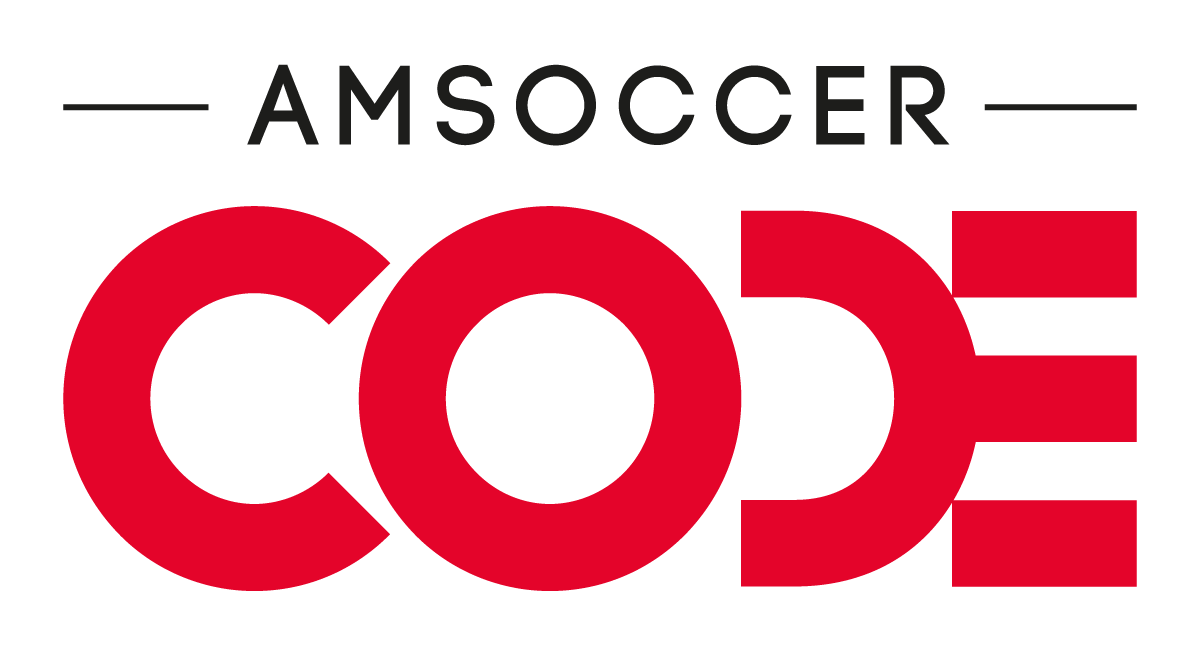AM Code Academy
Why You Should Teach These
6 Football Intelligence Themes
The AM Code’s six thinking football themes are designed to support both the fundamental R’s and signature skill moves within the curriculum. Whilst the other two themes focus on technical ability, the thinking football "football IQ' themes relates directly to the ability of the player to be thoughtful about game situations, using the correct technique of the thinking football themes to support decision-making and actions in the game.
Whilst there are multiple examples of combining AM Code curriculum themes together, let’s focus on a thinking football theme and a fundamental R – scanning & receiving.
When coaching the fundamentals of receiving the ball, the AM Code offers technical coaching points that relate to the appropriate technical use of the body and its key parts in order to receive the ball successfully. Receiving the ball is something every player will do thousands of times, through training and games, with each receive being different. The parts before and after the receive, create the full process of a performance action. Prior to receiving the ball, a player should scan to seek information about what their next action should be, when receiving the ball, the player will now have to concentrate on their technical skills to receive, but also think about what R they need to use next – release or run? The way in which players often decide this in the most effective way, is by scanning before the ball arrives.
When coaching the fundamentals of receiving the ball, the AM Code offers technical coaching points that relate to the appropriate technical use of the body and its key parts in order to receive the ball successfully. Receiving the ball is something every player will do thousands of times, through training and games, with each receive being different. The parts before and after the receive, create the full process of a performance action. Prior to receiving the ball, a player should scan to seek information about what their next action should be, when receiving the ball, the player will now have to concentrate on their technical skills to receive, but also think about what R they need to use next – release or run? The way in which players often decide this in the most effective way, is by scanning before the ball arrives.

